Ingredients
Making the starter – this will take about a week to 10 days
100g plain flour
300ml – 400ml luke warm water
1 kg strong plain flour / bread flour – this is for feeding the starter over the next week or so.
Making the sponge
About 150ml active starter (see recipe above)
250g strong flour
275ml of luke warm water
Making the loaf
300g strong bread flour
1 tbsp oil
10g fine sea salt
Pizza stone / baking tray
Spray bottle with water
Method
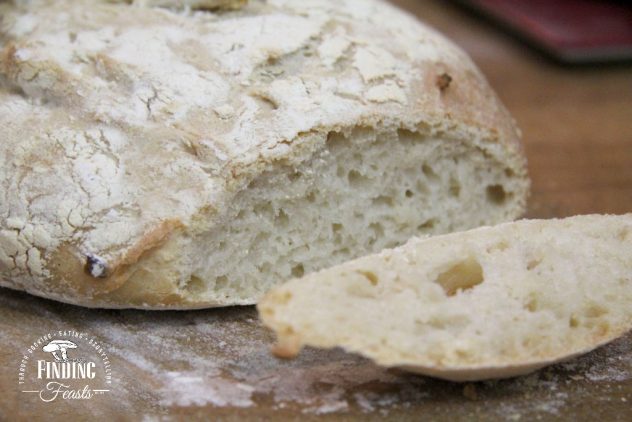
So how do you get from plain flour and water to amazing bread? Well, it really is as easy as it sounds, just remember to feed it every day. You really do need to consider your sourdough starter as your new pet.
I chose to follow Hugh Fearnley-Whittingstall’s sourdough starter recipe, and what I particularly like about his recipes is that they are very relaxed, and more importantly, they work!
Start with 100g of plain flour and enough luke warm water to make a loose batter consistency. Cover with cling film and place in a warm area.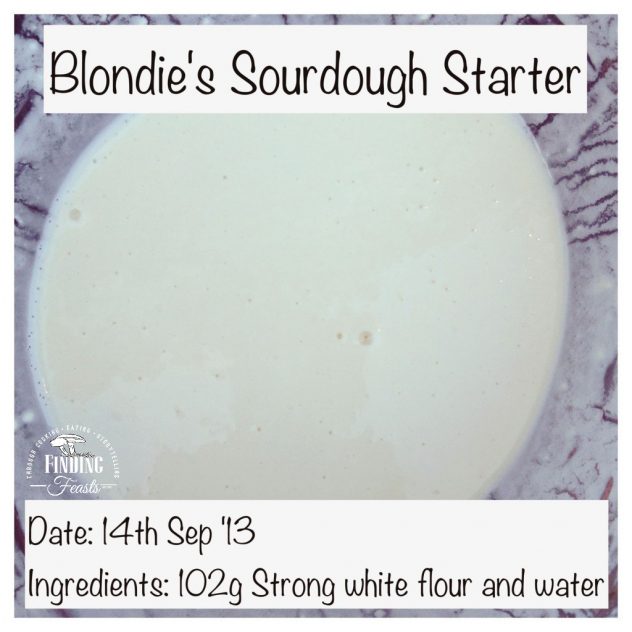
From the moment you mix the flour and water be vigilant, keep a regular eye on it and once you see some bubbles start to form then you can give it it’s first feed.
It was about two days in before I started to see signs of life. It can take anywhere from a few hours to a few days before you begin to see fermentation happening. Be warned though, it won’t be smelling particularly good at this early stage.
Mix in 100g of the strong flour and enough water to retain the batter consistency. The water doesn’t need to be body temperature anymore, just grab it from the tap. Hugh says to whisk it together so I used a whisk.
Everyday from now on, remove half the starter from the bowl – just pour it down the drain – and give it it’s feed of 100g of strong flour and water, keeping the consistency of a loose batter. Have faith in that it will develop and mellow, because it will.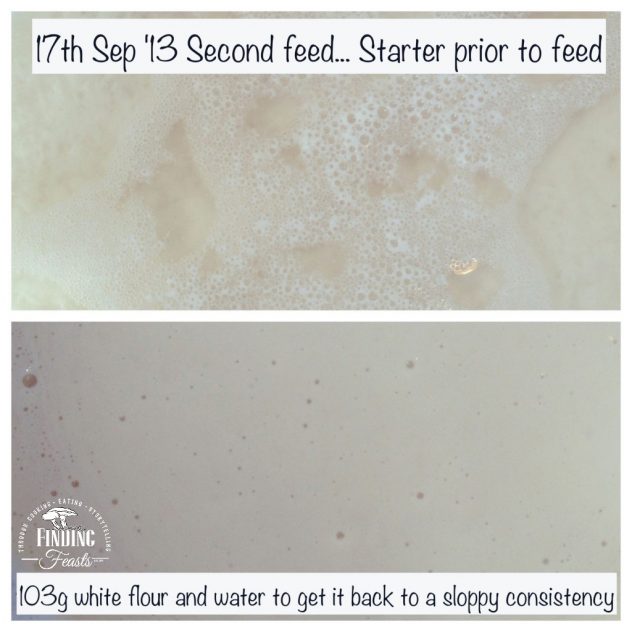
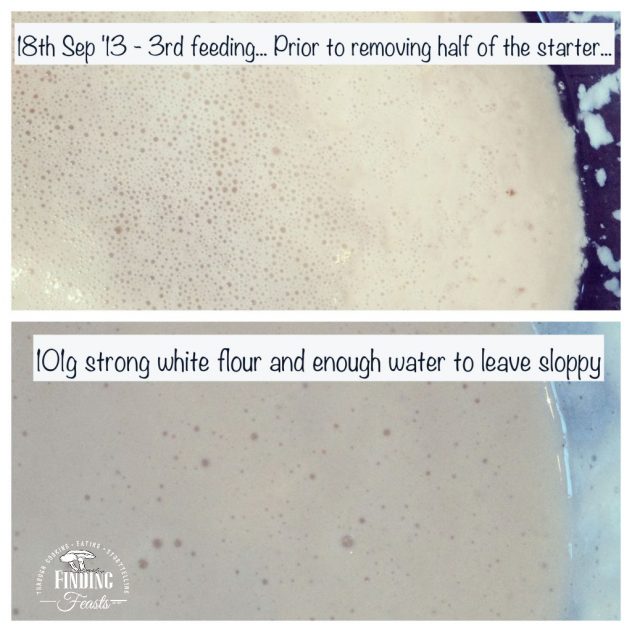
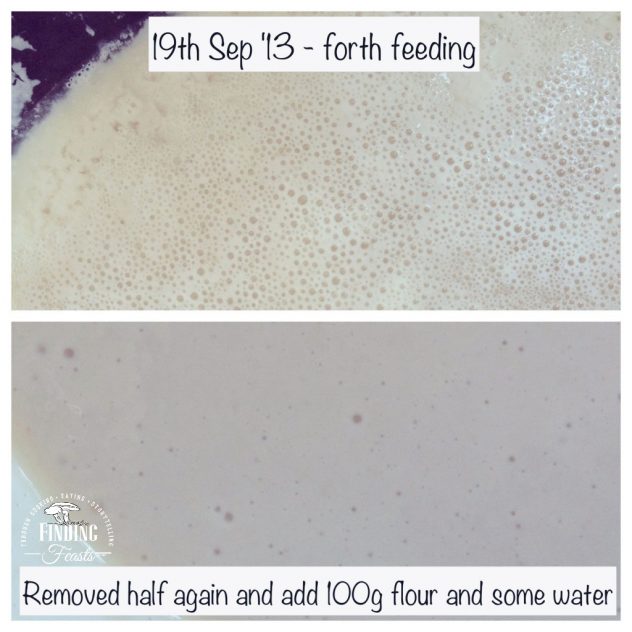
The starter is now officially the mother. On day 10 it was very frothy and appeared to be in a very happy and content state. It had a very strong sour smell. Hugh says to not be tempted to start baking from the starter till it is at least a week old. It needs at least that amount of time to develop it’s characteristic flavour.
Now the baking can begin!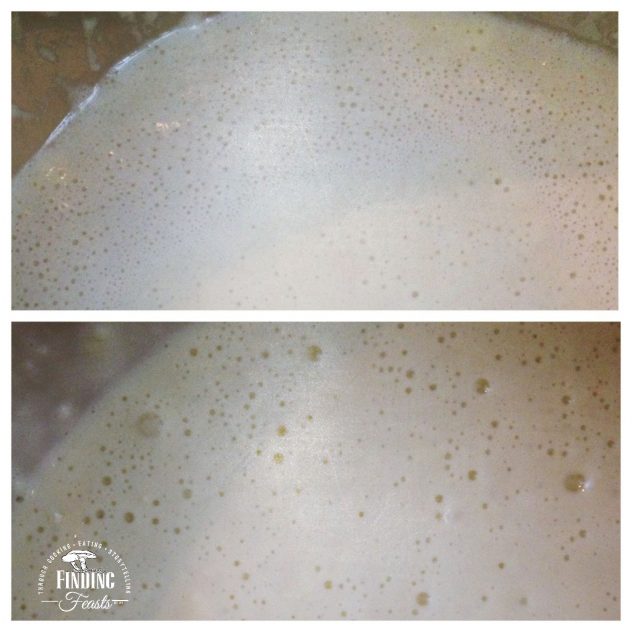
How to make Wild Yeast Sourdough Bread Step-By-Step
The Sponge – Time will be anywhere from a few hours to overnight
In a large bowl mix together 150ml of your starter, the 250g flour and 275ml of warm water. Give it a good stir and then cover it with cling film or place the bowl into a large bag. Leave the sponge to bubble and brew, this can take a few hours at least depending on how warm the environment is, or you can leave it overnight if you wish.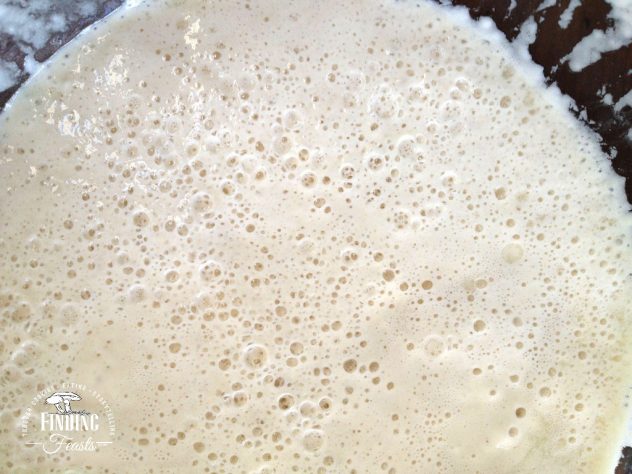
The sponge is ready when it is filled with air bubbles. Run a spoon through it and you will see it’s like liquid honeycomb.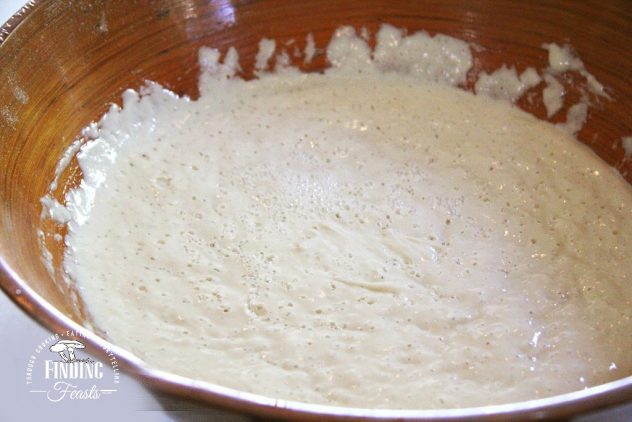
The bread
300g strong bread flour
1 tbsp oil
10g fine sea salt
Pour the flour, oil and salt over your sponge and give it a good stir.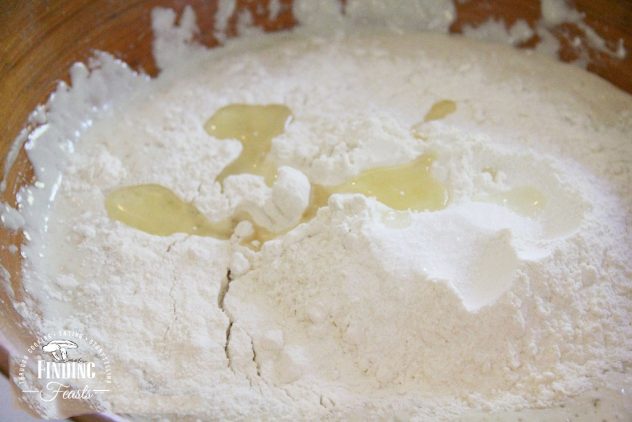
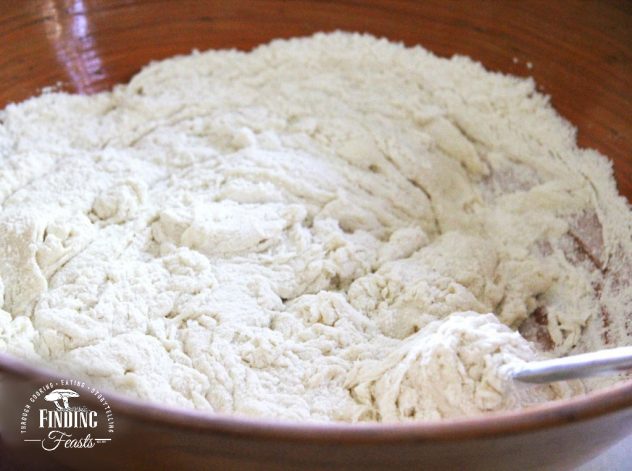
Turn the dough out on to a floured bench and start kneading. A great tool to have near by is a pastry scraper! If it’s too wet you can add a bit more flour but try to keep it quite moist as it will give you a better loaf.
Keep kneading for about 10 minutes or till it becomes smooth and submissive.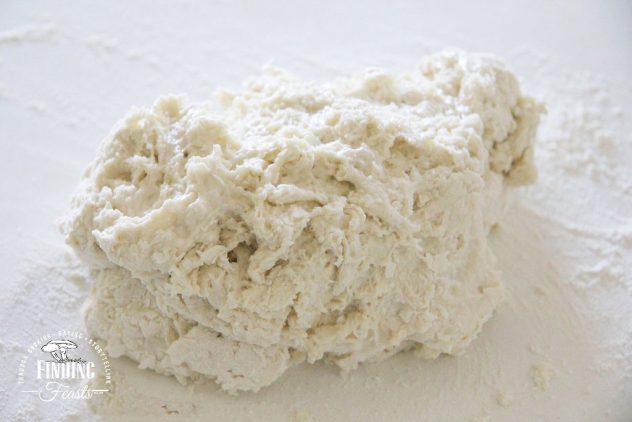
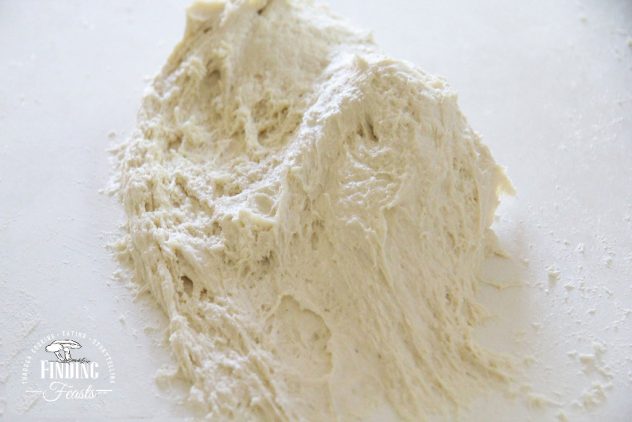
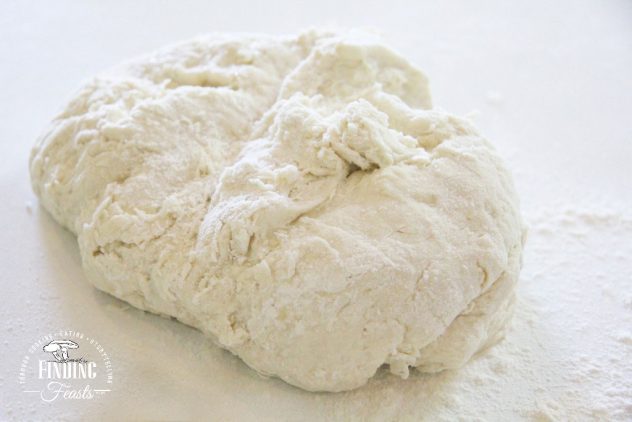
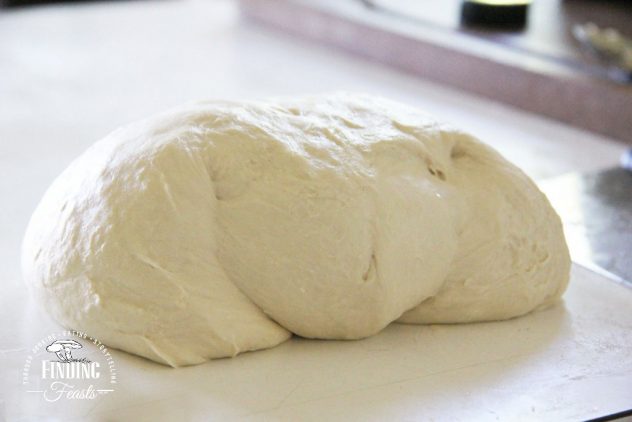
Place the dough into a well oil bowl and over with cling film or place it in a large bag and close the end.
Leave it to rise about double it’s original size. This could take a few hours depending on how warm it is or leave it overnight.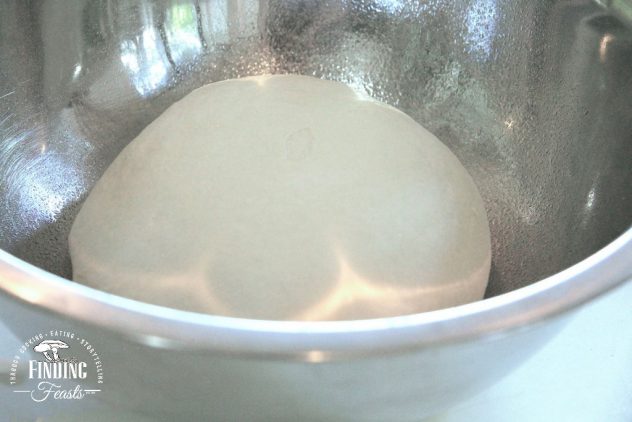
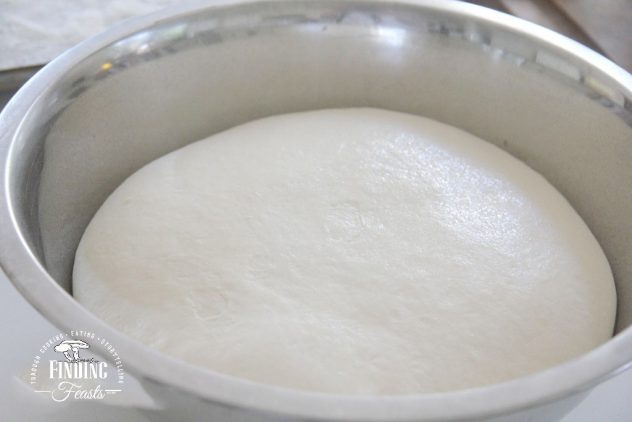
Now all you need to do is decide what sort of loaf you want to make. You can go free form and just have it as flattened ball, like this one below or make it into rolls or mini baguettes like the one after the ball.
Round Sourdough Loaf
Start by getting a large, very well floured bowl and setting it aside. Get your risen dough and gently punch it down. Give it a little knead while forming a ball shape. Place the dough ball into the floured bowl and cover again for it’s second and final proofing.
Near the time you are going to cook the bread, pre heat the oven to it’s hottest temperature, which will be about 250°C / 500°F. Place either a pizza stone or baking tray into the oven to get very hot.
Have your spray bottle ready.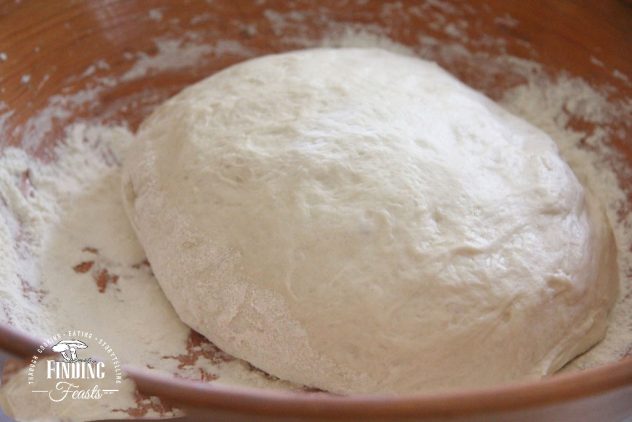
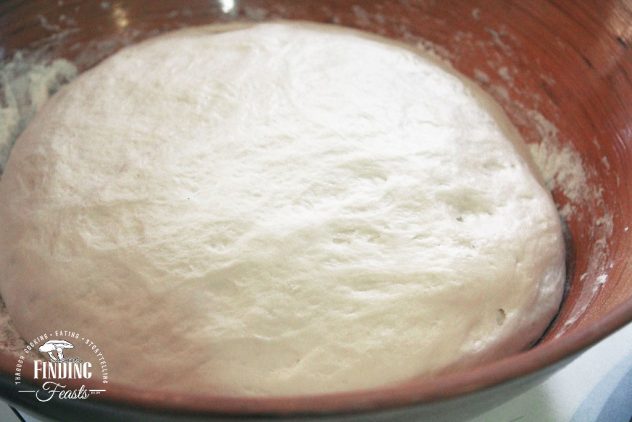
Once its about double it’s size, remove the hot pizza stone or baking tray and lightly flour it. Give the inside of the oven a few good squirts of water and close the door.
Gently tip the dough onto the stone or tray. The idea is to make sure it keeps it’s shape, but as you can see from my first attempt it didn’t really work too well for me, but I will say that it didn’t seem to matter as it turned out beautifully! To this day It’s still a technique I’m trying to perfect…
Anyway, back to it… once you have the dough on the stone give the top of the dough a couple of squirts of water and place it in the oven. Spray the oven a few times more and close the door.
** The water, which turns to steam is what will give the sourdough it’s crust and also helps it rise in the oven**
Cook for 15 minutes and then turn the oven down to 200°F / 400°C. Give the oven another couple of squirts of water and cook for a further 25-30 minutes.
To see if the bread is cooked, lift it and give it a tap on the bottom with your knuckle and if it sounds hollow it is done.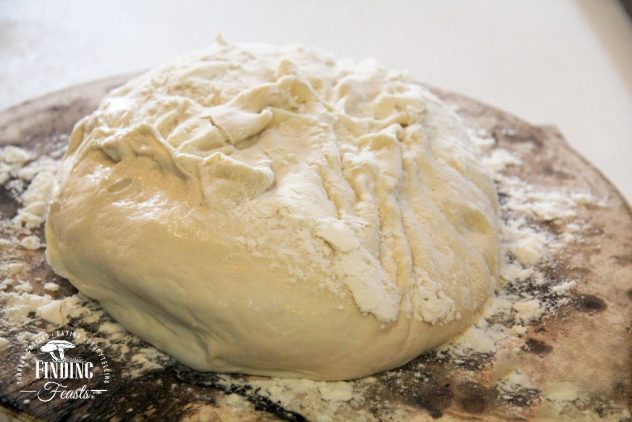
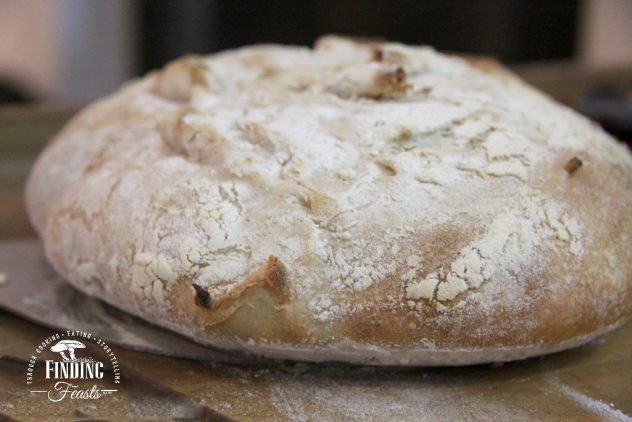

This is a mixed seed round loaf I made. Just throw in a couple of handfuls of seeds when you start – back when you are adding the flour, oil and salt to the sponge.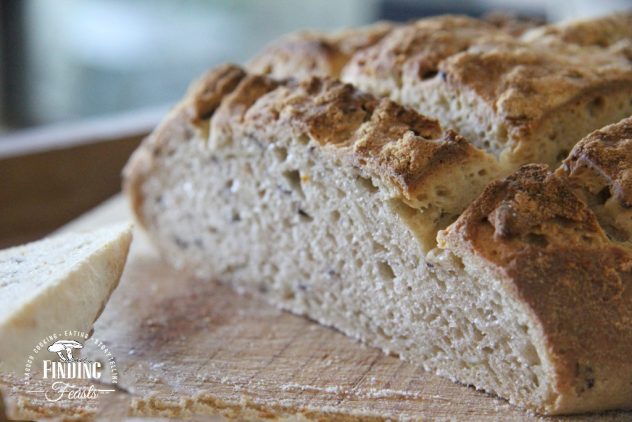
Sourdough Rolls or Mini Baguettes
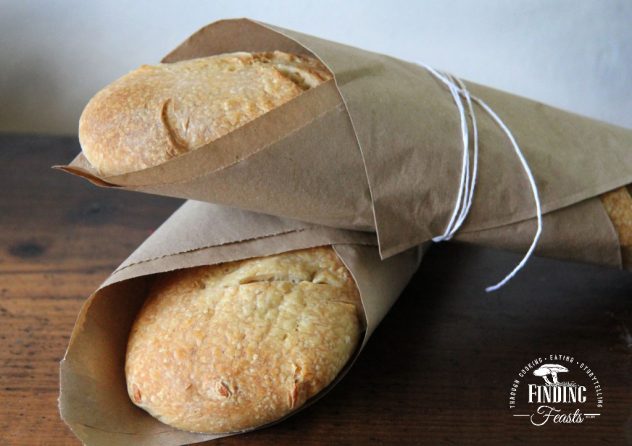
Another form I particularly like is the sourdough rolls. I was very fortunately to come across this amazing baking stone on one of my Op Shop look throughs. As I’ve said before, it’s a favourite pastime for me as you really do find some fantastic things.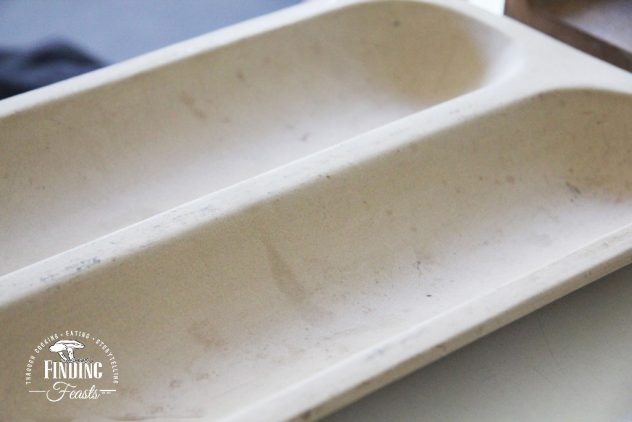
Follow the above method… make your sponge, then make the dough, then knead and then rise/proof.
Once you have knocked back the dough after the first rise, divide the dough into two and form into two long rolls. Place on well dusted baking tray and leave to rise again.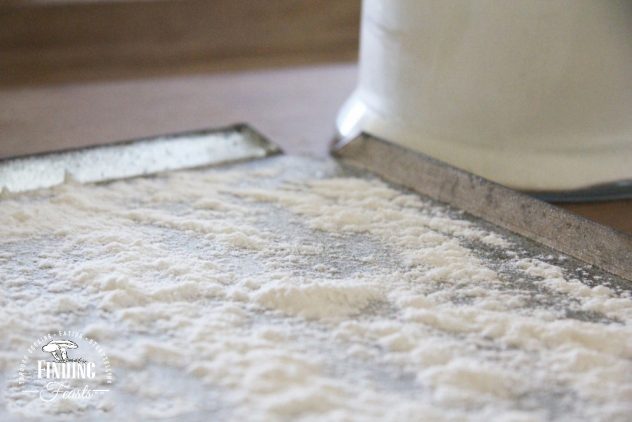
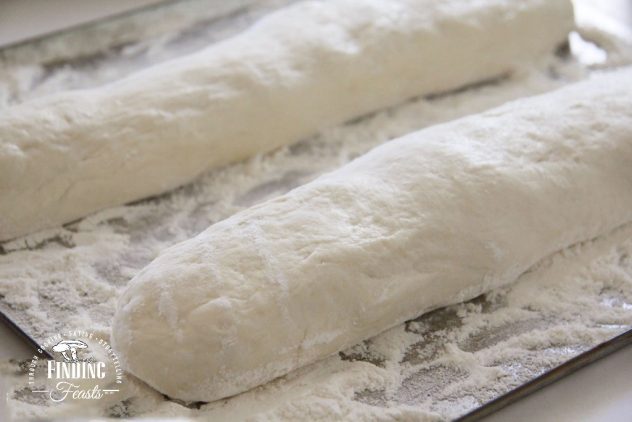
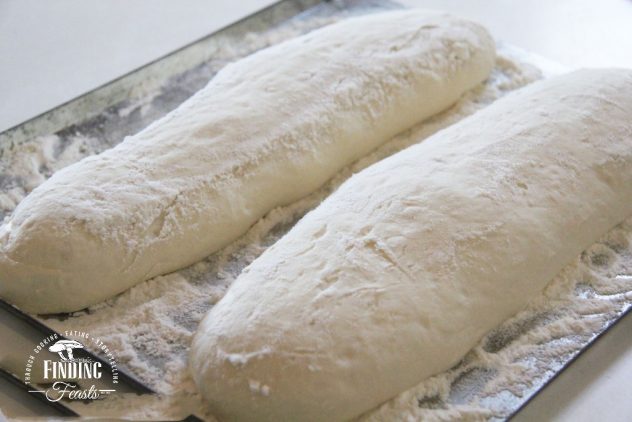
Very gently roll the rolls onto the hot stone – this is why I choose to do the second proofing on a cookie sheet, but I still manage to be a bit too rough with them and they loose a bit of air. Although the finished product is always outstanding as you can see!
Place some slits across the top.
Spray the loaves and the inside of the oven with some water, remember it gives the characteristic crust and assists with the rising.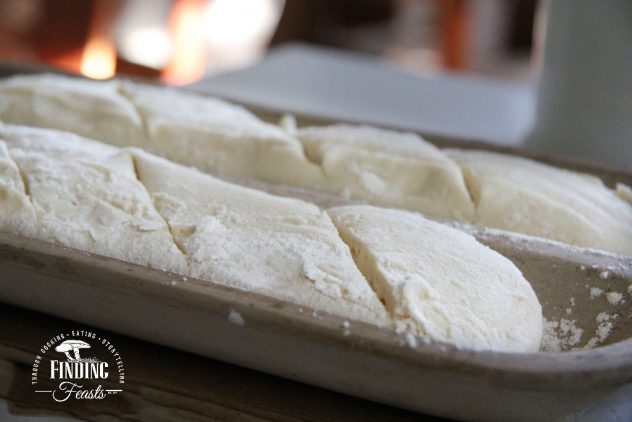
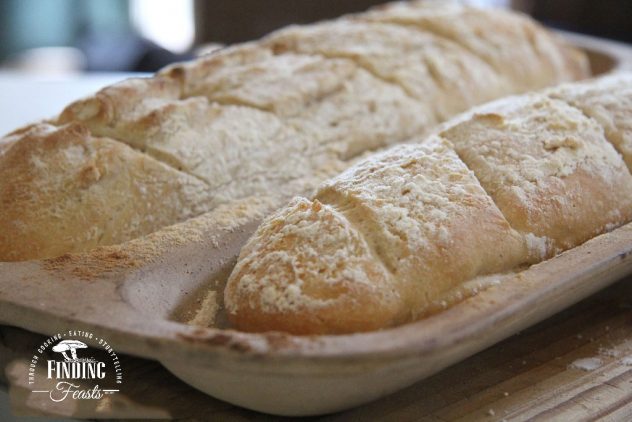
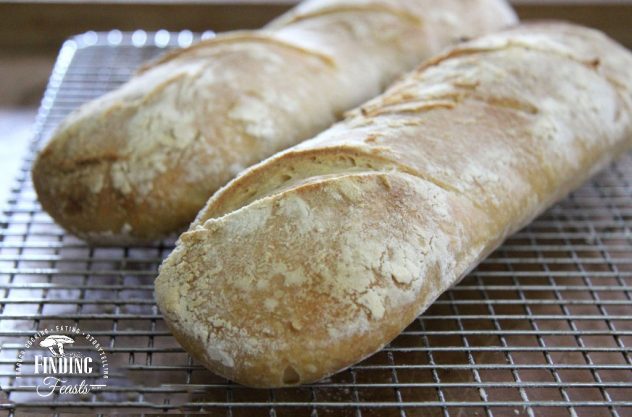
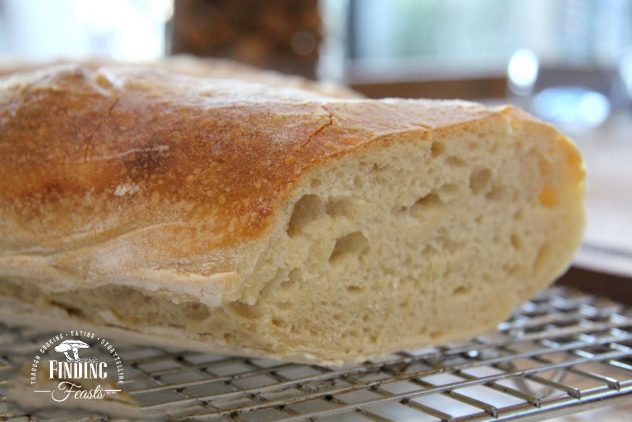
I like to wrap them in paper bags and give them to friends or family if I have spare.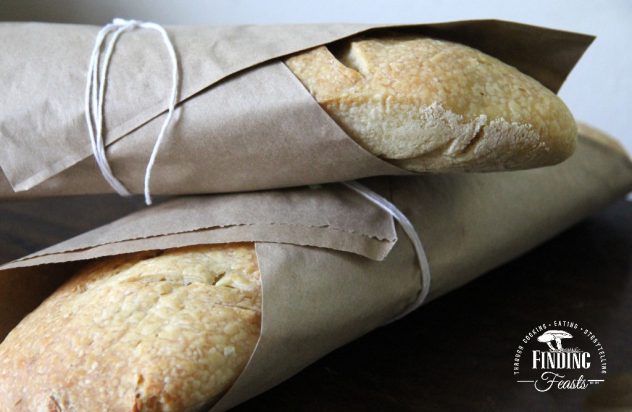
Maintenance of your new starter
You’ve created a new life, now what? Well this is actually quite easy, just remember to feed it and give it a bit of water.
This is my routine and my starter seems to like it…
Because I usually make bread on the weekend I put my starter to sleep during the week, or more appropriately into a slight lull. So on the Sunday I give it a feed without too much water making the consistency more like a thick paste than a batter. Cover it and pop it into the fridge, that’s it! This will give it enough food to last for a week in the fridge as it won’t need too much being in the cold.
On the Friday I take it out of the fridge and give it a good stir leaving it to get back to room temperature. Tip out some of the starter* then give it it’s usual feed with flour and enough water to get it back to the batter consistency and use over the weekend.
Note* I dislike tipping my starter down the drain, it really seems like such a waste, so if you have people around you that would like to try their hand at sourdough bread making, give them your excess. Just pour it into a jar, and send it on it’s way… spread the love.
Repeat the process.
This works particularly well if you go away on holidays too. Just make sure it’s thick enough with flour to feed it for the week or two while it’s in the fridge and it will happily wait for your return.
If you keep in your mind that it’s now a member of the family, just like a new pet, you can have a long and successful life together.
Recommended to you
- 100g plain flour
- 300ml – 400ml luke warm water
- 1 kg strong plain flour / bread flour – this is for feeding the starter over the next week or so.
- About 150ml active starter (see recipe above)
- 250g strong flour
- 275ml of luke warm water
- 300g strong bread flour
- 1 tbsp oil
- 10g fine sea salt
- Pizza stone / baking tray
- Spray bottle with water
- So how do you get from plain flour and water to amazing bread? Well, it really is as easy as it sounds, just remember to feed it every day. You really do need to consider your sourdough starter as your new pet.
- I chose to follow Hugh Fearnley-Whittingstall’s sourdough starter recipe, and what I particularly like about his recipes is that they are very relaxed, and more importantly, they work!
- Start with 100g of plain flour and enough luke warm water to make a loose batter consistency. Cover with cling film and place in a warm area.
- From the moment you mix the flour and water be vigilant, keep a regular eye on it and once you see some bubbles start to form then you can give it it’s first feed.
- It was about two days in before I started to see signs of life. It can take anywhere from a few hours to a few days before you begin to see fermentation happening. Be warned though, it won’t be smelling particularly good at this early stage.
- Mix in 100g of the strong flour and enough water to retain the batter consistency. The water doesn’t need to be body temperature anymore, just grab it from the tap. Hugh says to whisk it together so I used a whisk.
- Everyday from now on, remove half the starter from the bowl – just pour it down the drain – and give it it’s feed of 100g of strong flour and water, keeping the consistency of a loose batter. Have faith in that it will develop and mellow, because it will.
- The starter is now officially the mother. On day 10 it was very frothy and appeared to be in a very happy and content state. It had a very strong sour smell. Hugh says to not be tempted to start baking from the starter till it is at least a week old. It needs at least that amount of time to develop it’s characteristic flavour.
- Now the baking can begin!
- In a large bowl mix together 150ml of your starter, the 250g flour and 275ml of warm water. Give it a good stir and then cover it with cling film or place the bowl into a large bag. Leave the sponge to bubble and brew, this can take a few hours at least depending on how warm the environment is, or you can leave it overnight if you wish.
- The sponge is ready when it is filled with air bubbles. Run a spoon through it and you will see it’s like liquid honeycomb.
- Pour the flour, oil and salt over your sponge and give it a good stir.
- Turn the dough out on to a floured bench and start kneading. A great tool to have near by is a pastry scraper! If it’s too wet you can add a bit more flour but try to keep it quite moist as it will give you a better loaf.
- Keep kneading for about 10 minutes or till it becomes smooth and submissive.
- Place the dough into a well oil bowl and over with cling film or place it in a large bag and close the end.
- Leave it to rise about double it’s original size. This could take a few hours depending on how warm it is or leave it overnight.
- Now all you need to do is decide what sort of loaf you want to make. You can go free form and just have it as flattened ball, like this one below or make it into rolls or mini baguettes like the one after the ball.
- Start by getting a large, very well floured bowl and setting it aside. Get your risen dough and gently punch it down. Give it a little knead while forming a ball shape. Place the dough ball into the floured bowl and cover again for it’s second and final proofing.
- Near the time you are going to cook the bread, pre heat the oven to it’s hottest temperature, which will be about 250°C / 500°F. Place either a pizza stone or baking tray into the oven to get very hot.
- Have your spray bottle ready.
- Once its about double it’s size, remove the hot pizza stone or baking tray and lightly flour it. Give the inside of the oven a few good squirts of water and close the door.
- Gently tip the dough onto the stone or tray. The idea is to make sure it keeps it’s shape, but as you can see from my first attempt it didn’t really work too well for me, but I will say that it didn’t seem to matter as it turned out beautifully! To this day It’s still a technique I’m trying to perfect…
- Anyway, back to it… once you have the dough on the stone give the top of the dough a couple of squirts of water and place it in the oven. Spray the oven a few times more and close the door.
- ** The water, which turns to steam is what will give the sourdough it’s crust and also helps it rise in the oven**
- Cook for 15 minutes and then turn the oven down to 200°F / 400°C. Give the oven another couple of squirts of water and cook for a further 25-30 minutes.
- To see if the bread is cooked, lift it and give it a tap on the bottom with your knuckle and if it sounds hollow it is done.
- Follow the above method… make your sponge, then make the dough, then knead and then rise/proof.
- Once you have knocked back the dough after the first rise, divide the dough into two and form into two long rolls. Place on well dusted baking tray and leave to rise again.
- Very gently roll the rolls onto the hot stone - this is why I choose to do the second proofing on a cookie sheet, but I still manage to be a bit too rough with them and they loose a bit of air. Although the finished product is always outstanding as you can see!
- Place some slits across the top.
- Spray the loaves and the inside of the oven with some water, remember it gives the characteristic crust and assists with the rising.
- You’ve created a new life, now what? Well this is actually quite easy, just remember to feed it and give it a bit of water.
- Because I usually make bread on the weekend I put my starter to sleep during the week, or more appropriately into a slight lull. So on the Sunday I give it a feed without too much water making the consistency more like a thick paste than a batter. Cover it and pop it into the fridge, that’s it! This will give it enough food to last for a week in the fridge as it won’t need too much being in the cold.
- On the Friday I take it out of the fridge and give it a good stir leaving it to get back to room temperature. Tip out some of the starter* then give it it’s usual feed with flour and enough water to get it back to the batter consistency and use over the weekend.
- Note* I dislike tipping my starter down the drain, it really seems like such a waste, so if you have people around you that would like to try their hand at sourdough bread making, give them your excess. Just pour it into a jar, and send it on it’s way… spread the love.
- Repeat the process.
- This works particularly well if you go away on holidays too. Just make sure it’s thick enough with flour to feed it for the week or two while it’s in the fridge and it will happily wait for your return.
- If you keep in your mind that it’s now a member of the family, just like a new pet, you can have a long and successful life together.

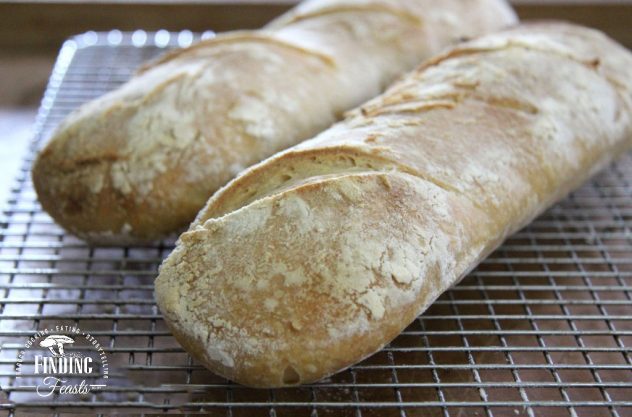
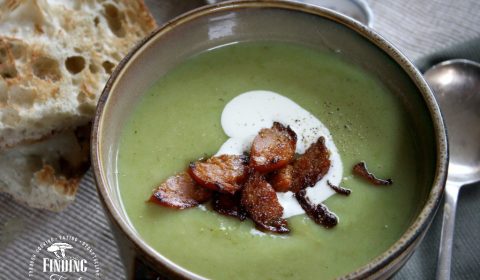


Outstanding explanations. Thank you so much for these instructions. You have explained everything so clearly and even covered issues I wondered about, such as leaving the starter alone for a few days when away from home. Brilliant!
Thanks Sharon, Good luck with it – Blondie 🙂